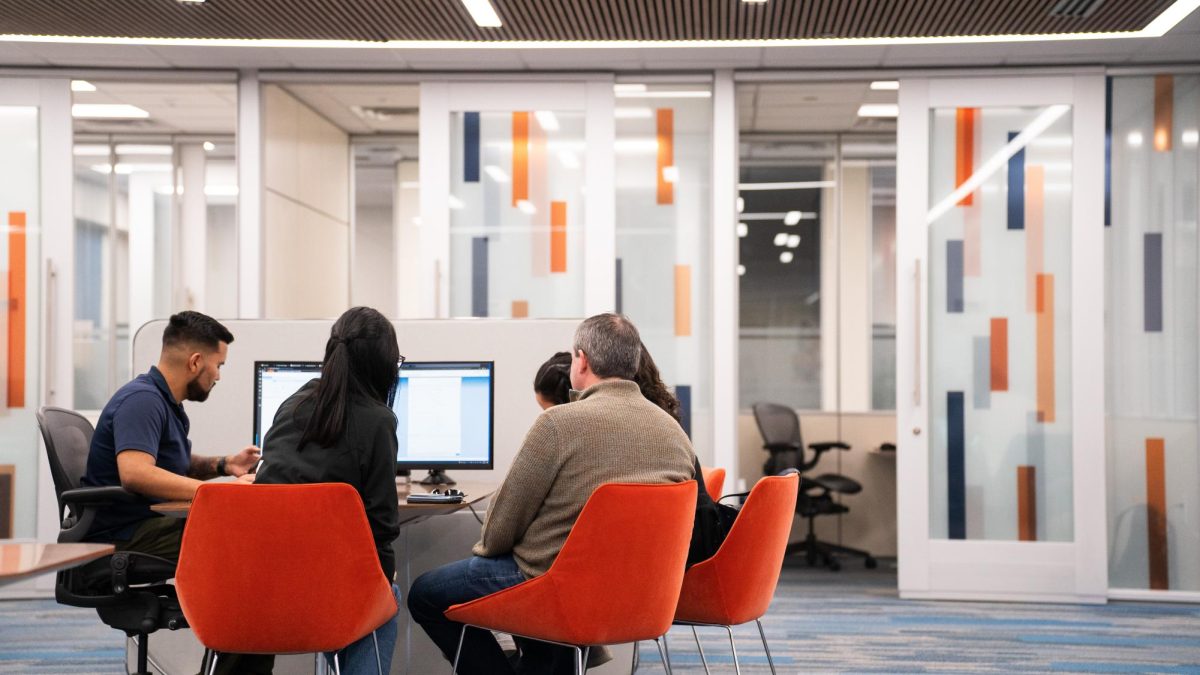The Department of Education officially “soft launched” the updated Free Application for Federal Student Aid (FAFSA) for the 2024-2025 school year on Dec. 30. The application was updated due to Congress-mandated changes and was released three months after its original scheduled release date, Oct. 1. The department’s delay, along with encountered glitches, have prevented students from applying for federal college grants.
The late release of the FAFSA has universities and colleges struggling to know who will be attending their programs in the upcoming semesters. The Department of Education said they would roll out extra funding to deal with the problems caused by the delayed application.
The Department will deploy federal financial aid experts to a group of ‘lower resourced’ colleges, historically Black colleges and universities and tribal colleges to ensure these places have the tools and information to process financial aid packages. They will also set aside $50 million in federal funding for non-profits specializing in financial aid support and services. At this time, it is unclear how they will identify which non-profits will receive these funds.
The Department is also trying to fix glitches that have shut students out of the application altogether. The new FAFSA form requires a parent or guardian of the applicant to become a “contributor” and be identified through a Social Security Number (SSN). The form does not allow any other way of being identified, so students whose parents or guardians do not have an SSN are not able to complete the application.
‘We know that this is an important need,” said Richard Cordray, the head of the Education Department’s Federal Student Aid. “It’s something we’ve been working to correct.”
Federal officials have known about the glitch since Jan. 4, and students can expect it to be resolved sometime in February.
“I’m concerned about the messaging, how [students] might receive the information that they can’t fill out the form,” said Shareea Woods, the director of the Texas College Access Network. “I just worry that students who are already feeling like they might not fit in or they might not be welcomed on a campus might see this as a sign that is not a fit for them.”
According to the National College Attainment Network, the FAFSA is one of the best predictors of whether a high school senior will attend higher education. Students who fill out the form are 84% more likely to enroll immediately in higher education.
While printing, filling out and mailing the form may be one way to get around the glitch, college counselors still encourage trying to get through the online application. Cordray still says the online application is the “best experience” for affected families.
If you are experiencing troubles with the FAFSA form, please call the FAFSA Hotline at (800) 433-3243 or use the ‘live help’ button on the website. Students should also look out for FAFSA workshops led by their local high schools, college access centers or college financial aid offices.
To learn more about the changes made to FAFSA, visit paisano-online.com.









